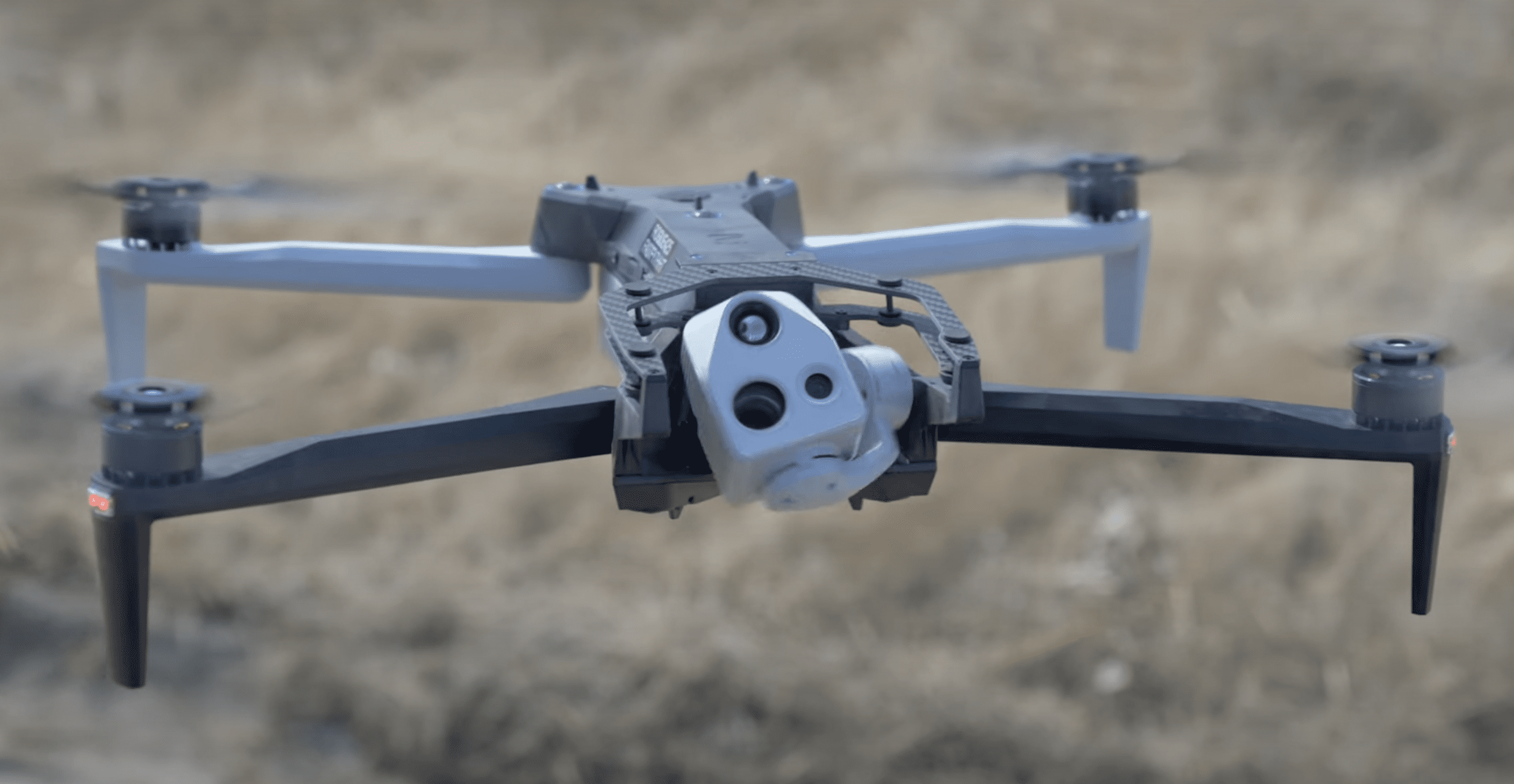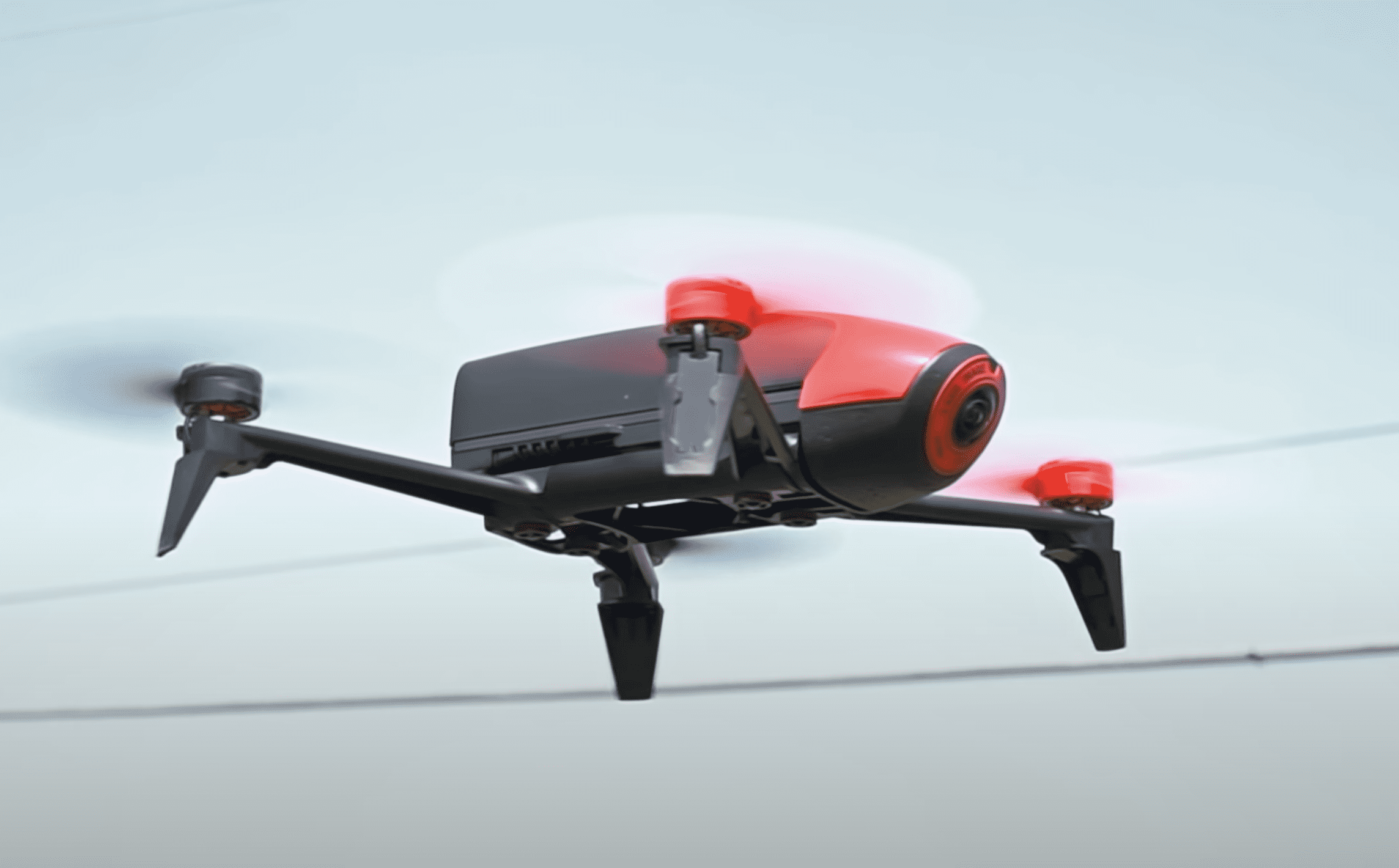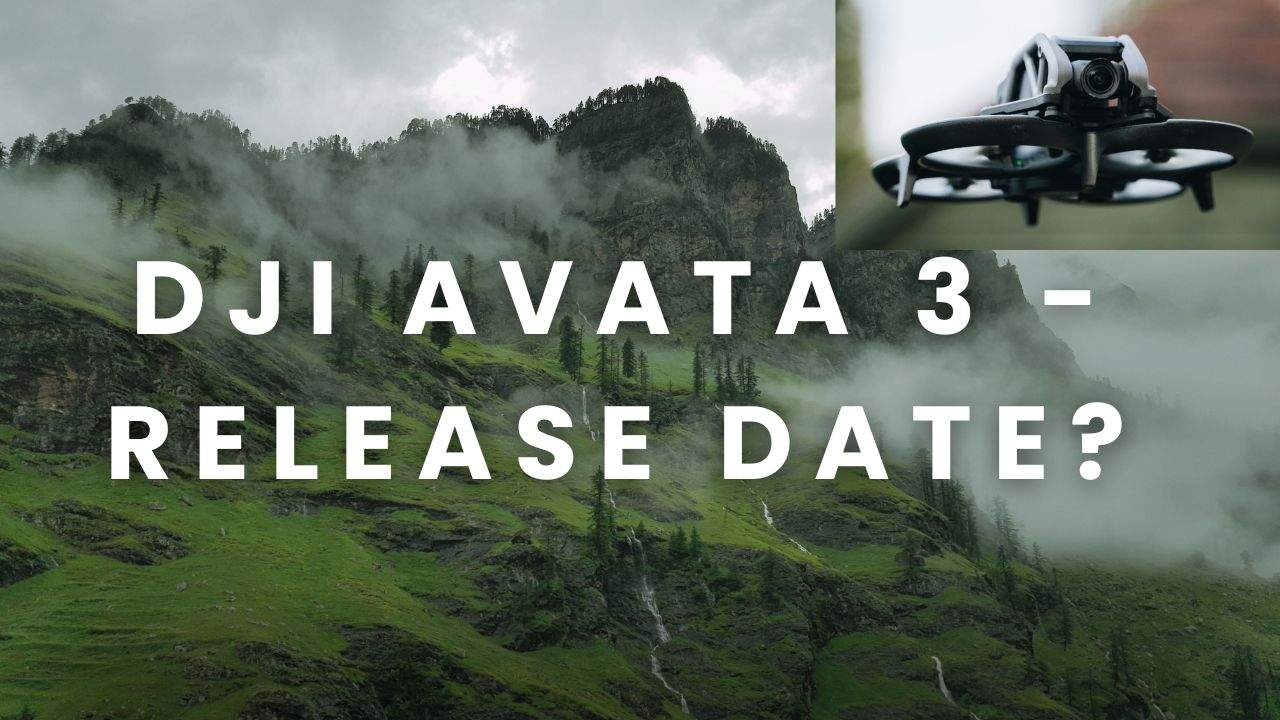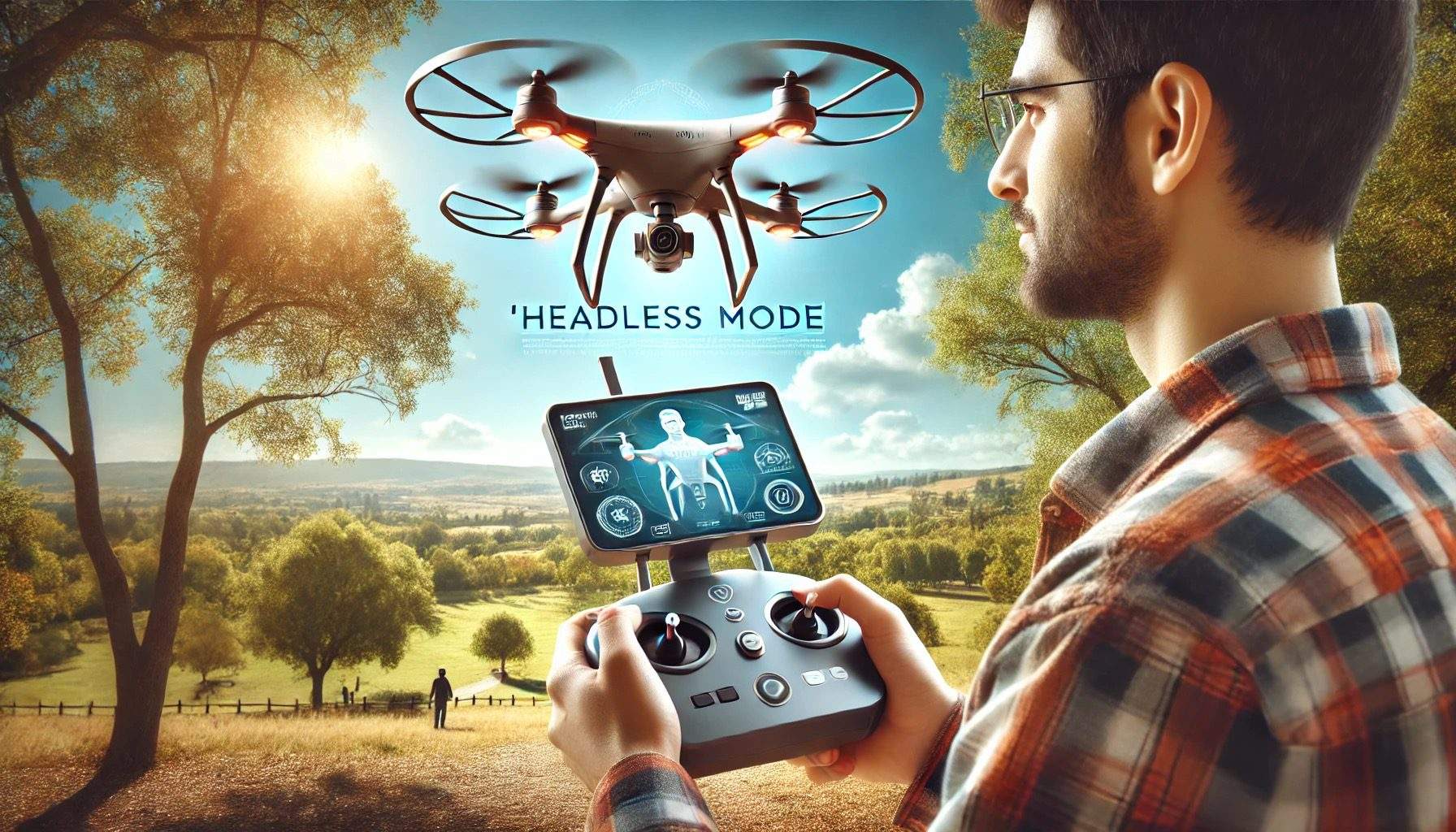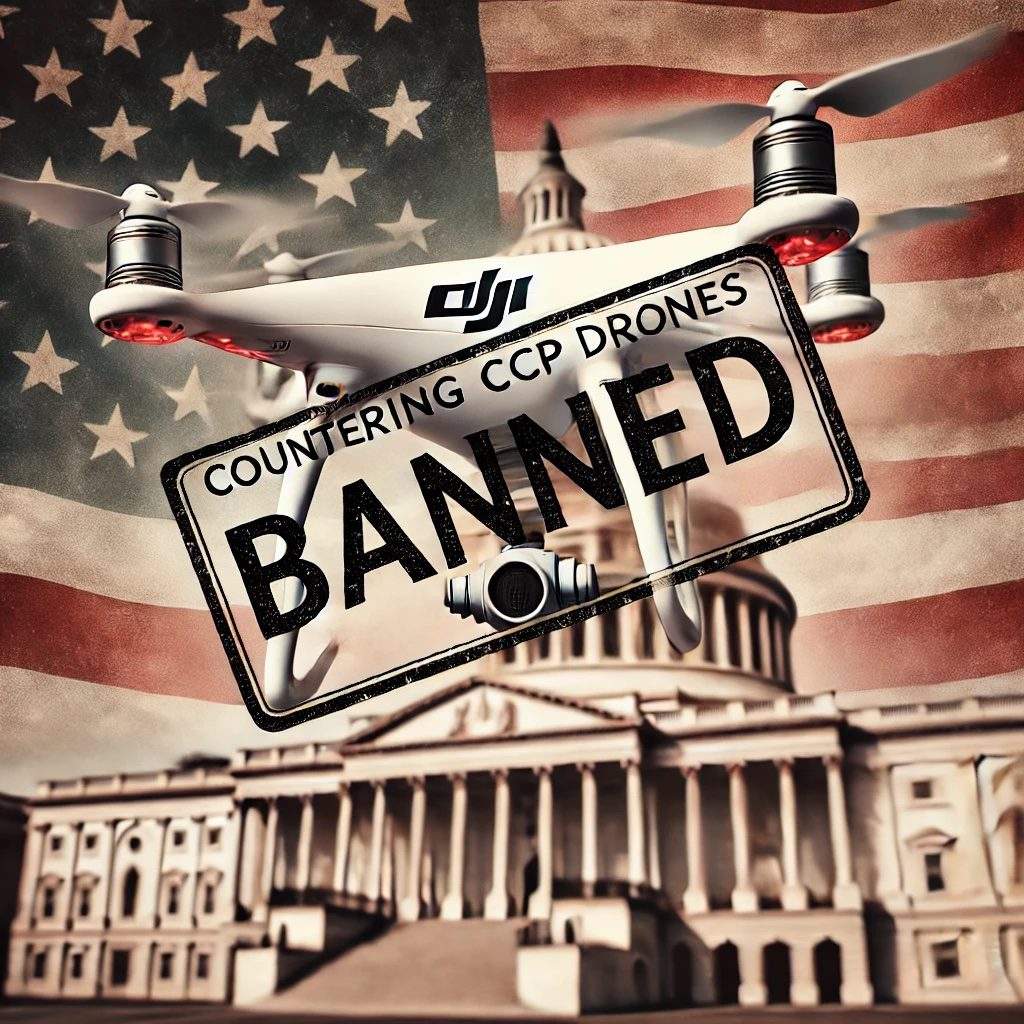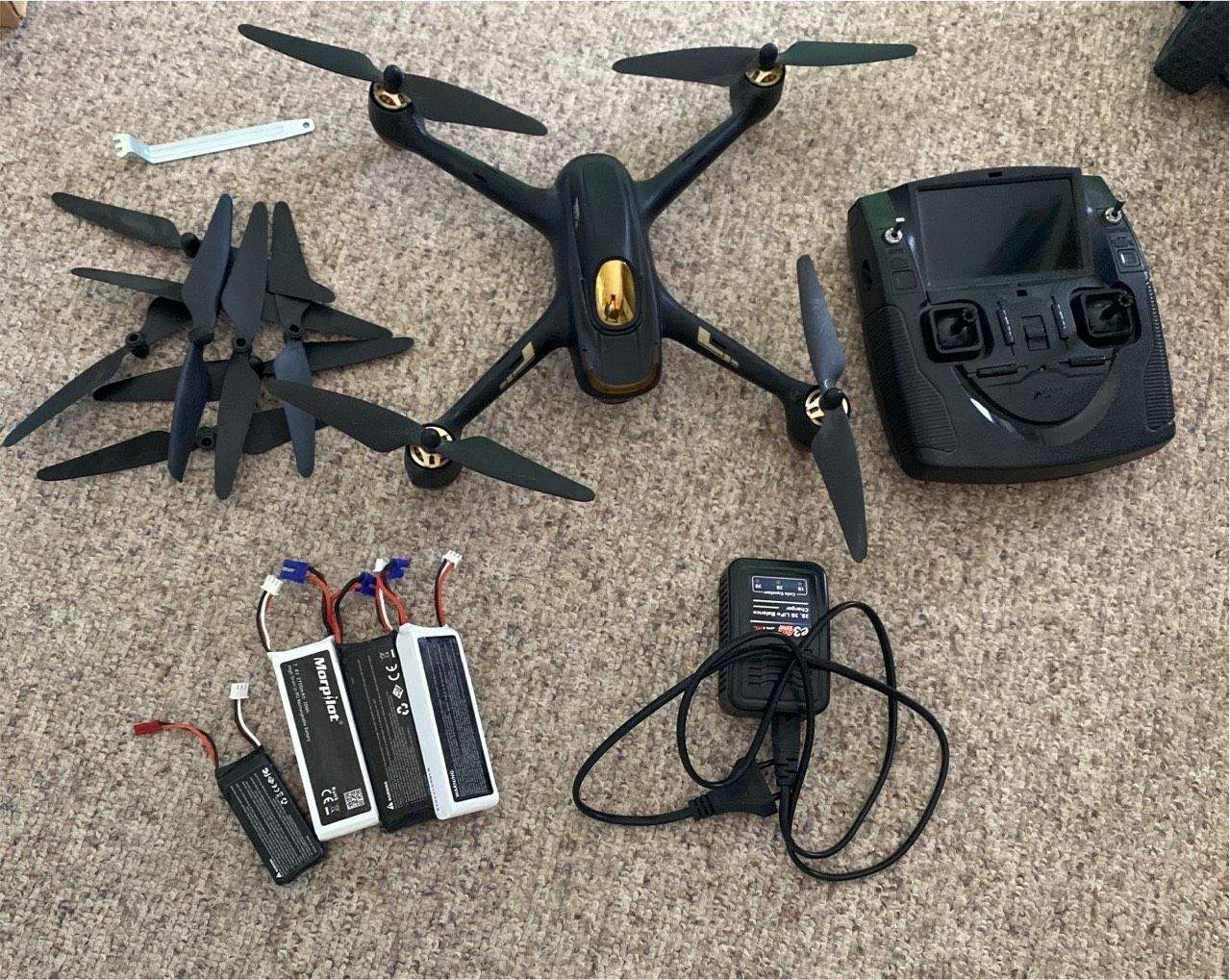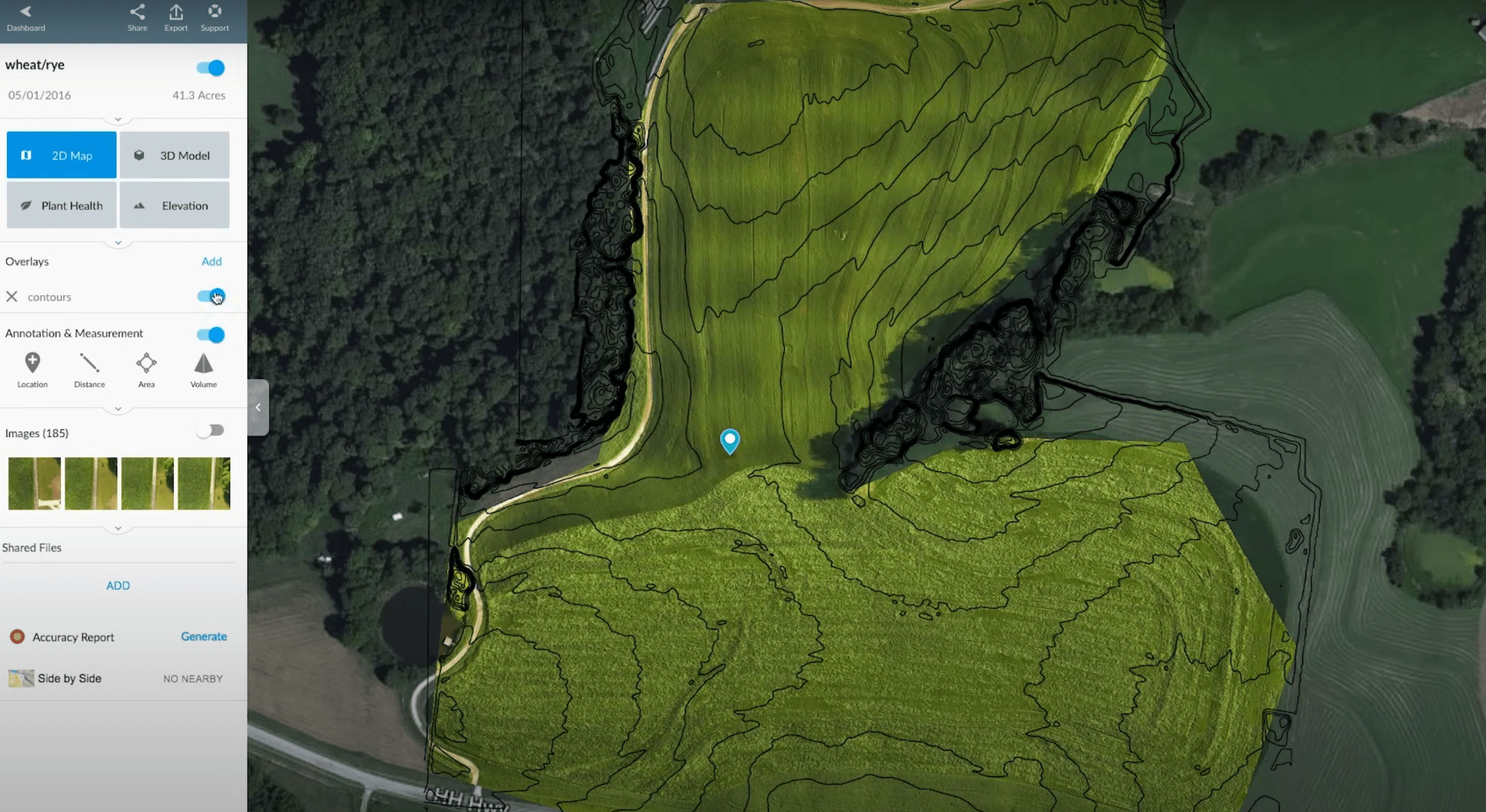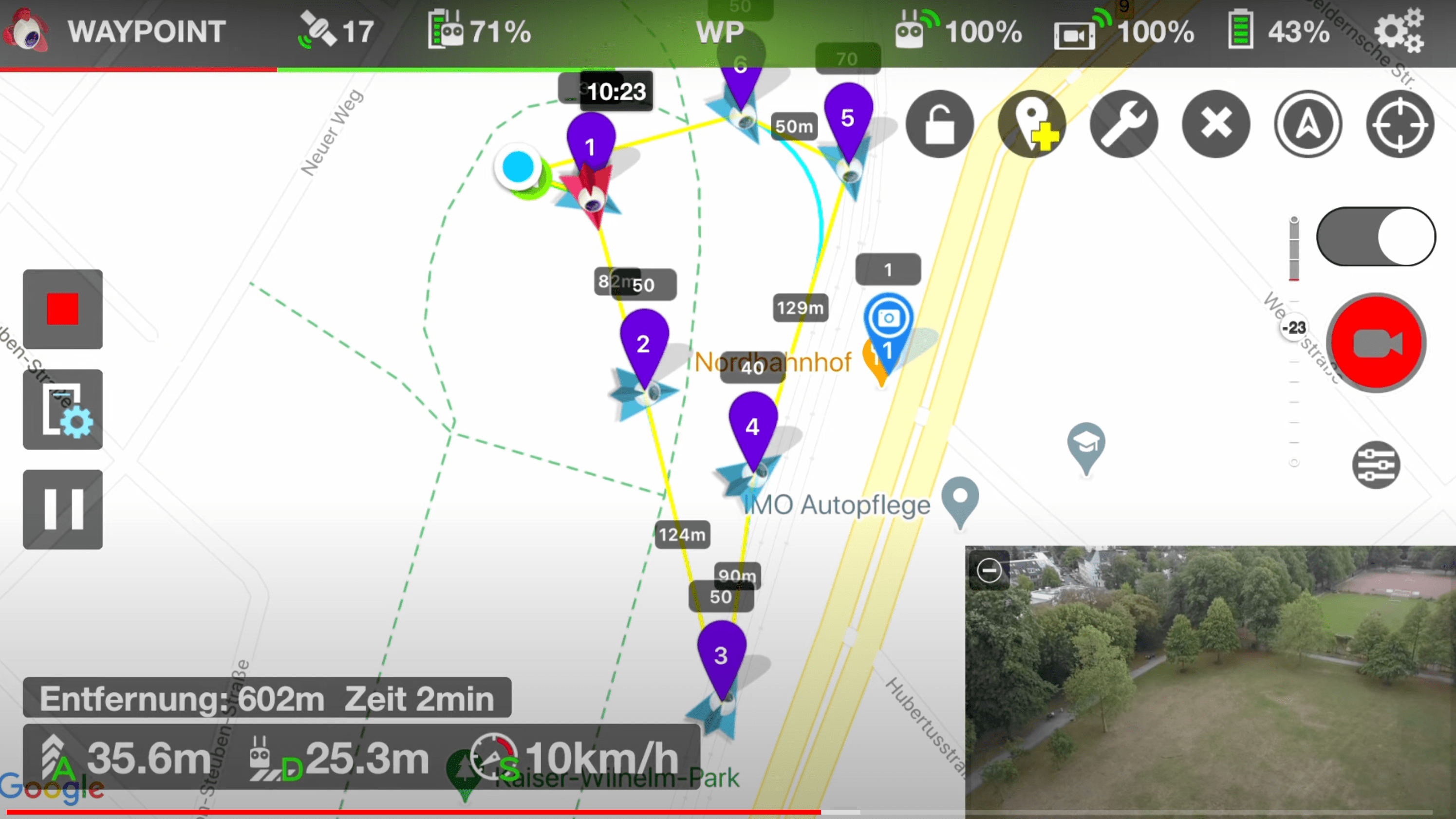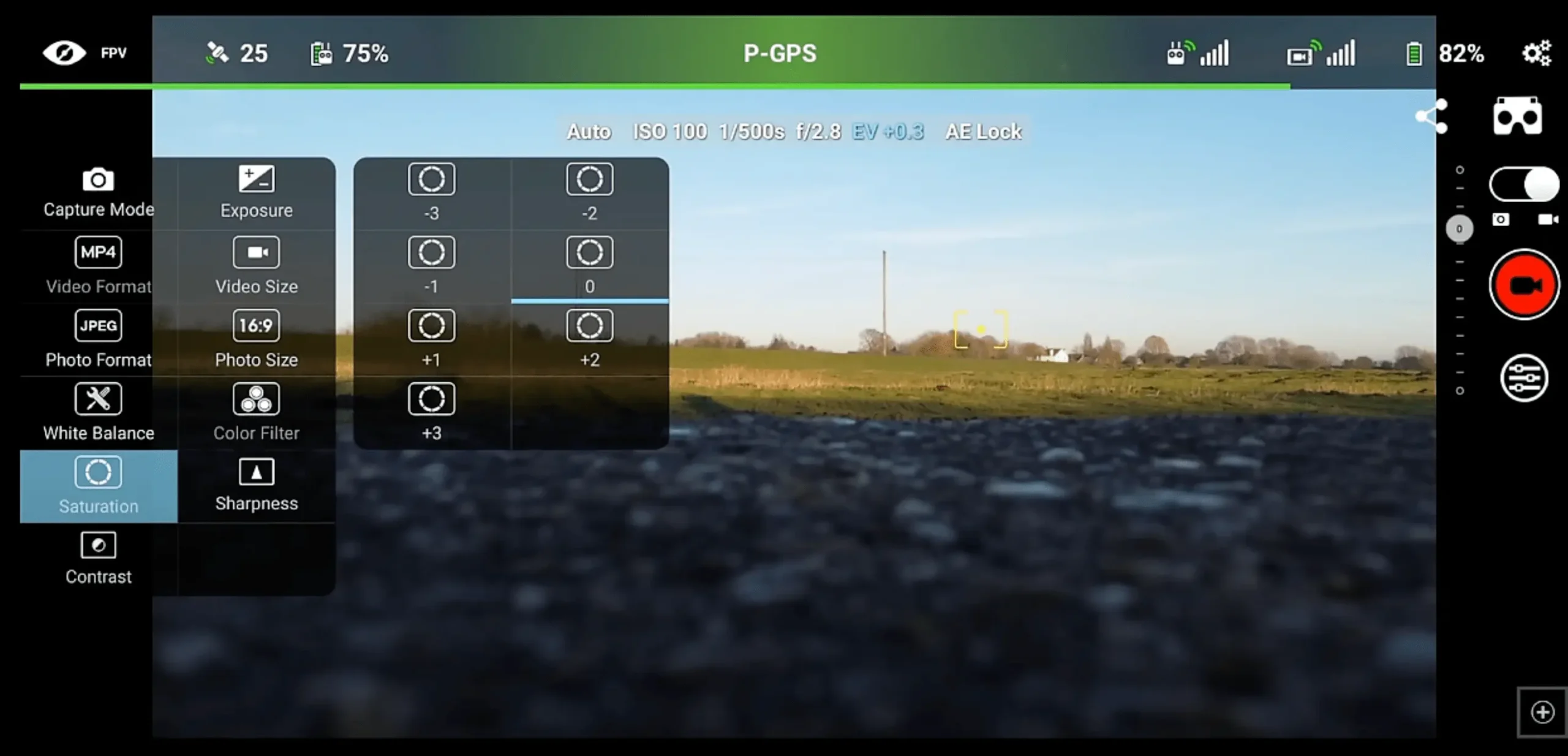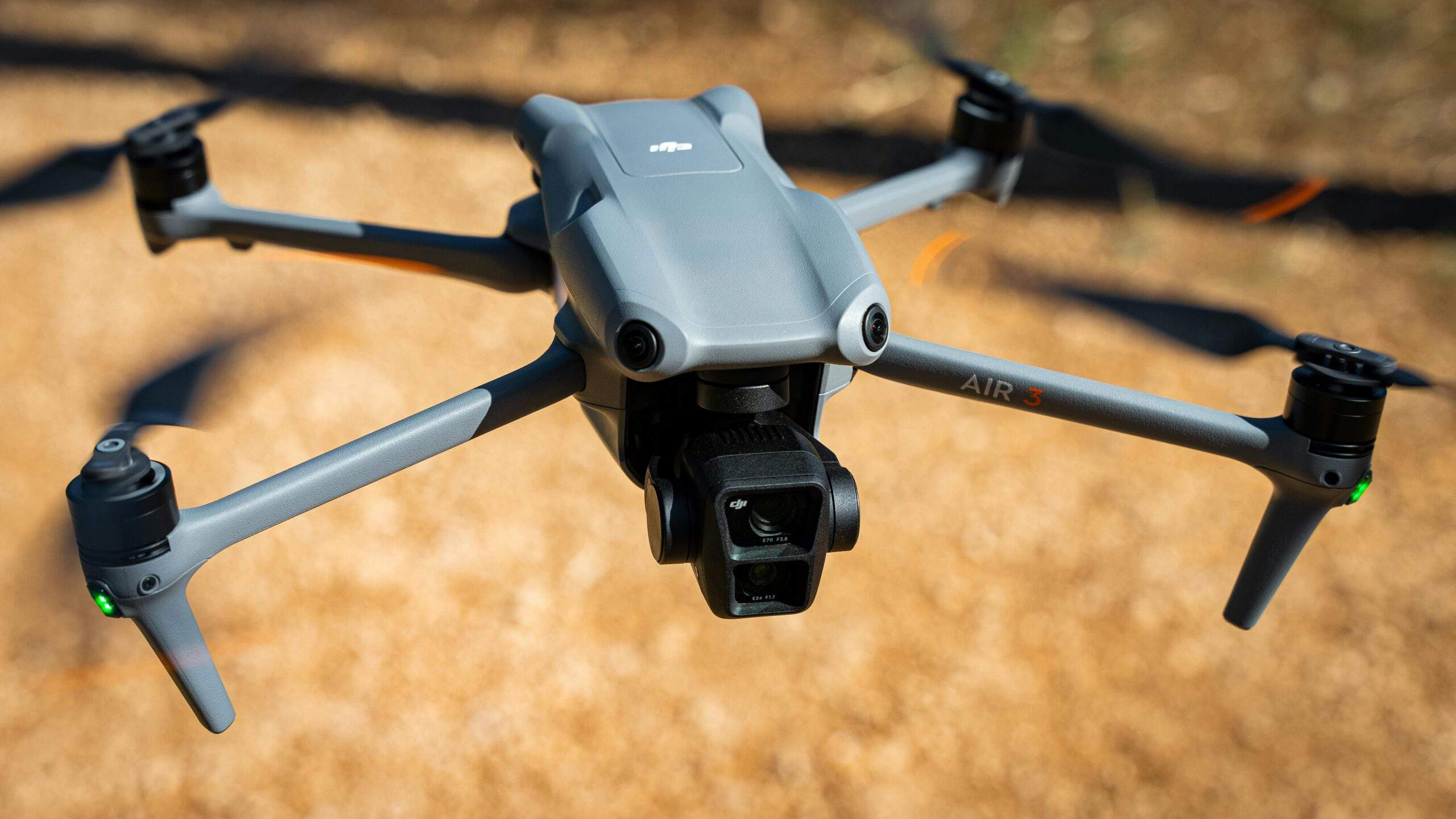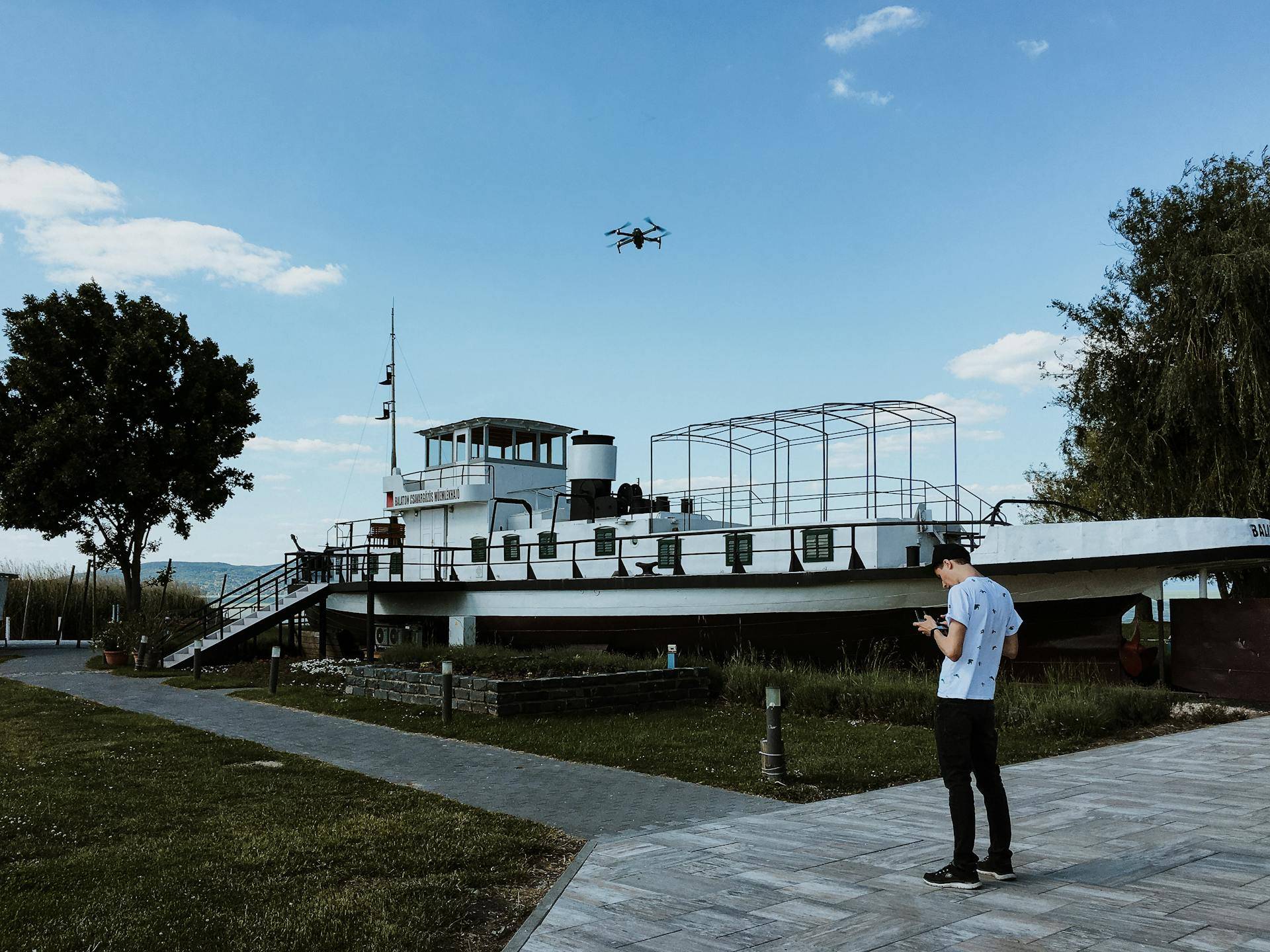In the rapidly evolving world of drones, Skydio has carved out a niche for itself by developing some of the most advanced autonomous drones on the market. This blog post delves into the fascinating world of Skydio, exploring how their cutting-edge technology is setting new standards in the industry and the various applications of their drones that are making significant impacts across multiple sectors.
What Makes Skydio Drones Stand Out?
Skydio, a U.S.-based company, has gained considerable attention for its highly autonomous drones, which are designed to operate with minimal human intervention. The core of Skydio’s innovation lies in its sophisticated AI and computer vision technology. Unlike traditional drones that require skilled piloting, Skydio drones are equipped with advanced algorithms that allow them to navigate complex environments with ease. This capability is powered by Skydio Autonomy™, a software-defined AI system that sees and understands the surroundings, making intelligent decisions in real-time.
Key Features:
- Obstacle Avoidance: Skydio drones are renowned for their exceptional obstacle avoidance capabilities. They can navigate through challenging terrains such as forests, urban environments, and near infrastructures safely.
- High-Quality Imaging: Equipped with high-resolution cameras, these drones capture stunning aerial footage, making them ideal for filmmakers, real estate marketers, and content creators.
- Ease of Use: With user-friendly interfaces, Skydio drones are accessible to hobbyists and professionals alike, simplifying drone technology without compromising performance.
Is Skydio better than DJI?
Here is a concise table comparison between Skydio and DJI, focusing on key differentiators:
| Feature | Skydio | DJI |
|---|---|---|
| Technology | Advanced AI for superior autonomy, exceptional at obstacle avoidance. | Balanced automation with manual controls, good for stable flight and navigation. |
| Camera Quality | High-quality cameras suited for general use. | Industry-leading camera technology, optimal for professional photography and filmmaking. |
| Product Range | Limited selection, more focused on niche applications. | Extensive range catering to all user levels from hobbyists to professionals. |
| Ease of Use | Highly user-friendly, minimal pilot input required. | User-friendly with more manual control options, steeper learning curve for beginners. |
| Use Case | Search and rescue, hazardous inspection. | Aerial photography, videography, agriculture, inspection. |
| Regulatory Compliance | Favored in the U.S. for security and data privacy. | Faced scrutiny and restrictions in the U.S. due to data privacy concerns. |
Summary: Skydio excels in creating drones with robust AI capabilities, making them ideal for tasks requiring high levels of autonomy like search and rescue or complex inspections. They are particularly user-friendly, requiring less input from the user, and are preferred in situations where U.S. data privacy is crucial. DJI, on the other hand, offers a broader range of drones with superior camera technology and more control options, making them a favorite among professional photographers and videographers. DJI’s versatility and extensive product line cater to a wider audience, from casual hobbyists to industry professionals.
For more detailed reviews and specifications, you can visit external sources such as Skydio’s official site and DJI’s official site, where you’ll find in-depth information about each model’s capabilities and the latest advancements.
Does Skydio sell to the public?
Yes, Skydio does sell drones to the public. Their products, including the Skydio 2+ and other models, are available for purchase by individual consumers. Skydio markets these drones primarily to enthusiasts, content creators, and professionals who require drones with advanced autonomous capabilities and high-quality imaging. These drones can be bought directly through Skydio’s website or through various retailers that carry their products. Additionally, Skydio also offers drones tailored for commercial and enterprise applications, expanding their market reach beyond just individual consumers.
Skydio offers a selection of drones designed for different user needs, from casual enthusiasts to professional and governmental applications. Here’s an updated list with brief descriptions:
- Skydio 2+: Tailored for consumers and professionals looking for advanced aerial footage with minimal piloting, this drone features exceptional autonomous navigation and obstacle avoidance.
- Skydio X2: Suited for enterprise, first responders, and defense applications, the Skydio X2 offers rugged construction, thermal imaging, and extended flight capabilities, ideal for complex environments and critical missions.
- Skydio X10: The Skydio X10 is designed specifically for industrial inspection and public safety applications, combining high-resolution thermal and visual sensors to facilitate detailed inspections and support during emergency operations.
- Skydio Dock: While not a drone, the Skydio Dock supports the Skydio 2+ in automated remote operations, enabling drones to perform autonomous missions such as monitoring and surveillance without frequent human intervention.
Future Prospects
As drone technology continues to advance, Skydio is at the forefront of innovation, constantly refining their products to enhance their capabilities. The future of Skydio drones likely includes greater integration with other technological advancements such as 5G and IoT, which could unlock new applications and efficiencies.
Conclusion
Skydio drones represent a significant leap forward in drone technology, providing sophisticated, autonomous solutions that offer safety, efficiency, and accessibility. Whether for professional filmmaking, critical rescue missions, or environmental monitoring, Skydio is proving that the future of autonomous flight is already here. As they continue to innovate and expand their applications, Skydio drones are set to transform industries, save lives, and explore new frontiers.
Skydio’s achievements in drone technology highlight their potential to influence not only the drone market but also the broader scope of autonomous systems. By embracing these advanced technologies, industries can achieve greater operational efficiencies and contribute to safer, more sustainable practices worldwide.

